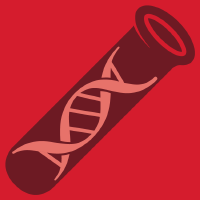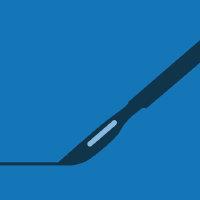Topic Menu
► Topic MenuTopic Editors

2. Vice President, Okayama Rosai Hospital, Okayama, Japan

2. Graduate Institute of Biomedical Optomechatronics, College of Biomedical Engineering, Taipei Medical University, Taipei, Taiwan
Paradigm Shift in Spinal Diseases: From Diagnosis to Therapy
Topic Information
Dear Colleagues,
Recently, new spinal imaging technology and innovative spinal surgery have emerged as promising techniques. Regarding imaging technology, dynamic contrast-enhanced (DSC) MR perfusion imaging can differentiate hypervascular spinal tumors from hypovascular spinal tumors. Diffusion-weighted imaging (DWI) and diffusion tensor imaging (DTI) are MRI techniques based on measuring the microscopic diffusion of water in living tissues, which is possible for spinal intramedullary tumors. Furthermore, 3D-MRI/CT fusion imaging can detect lumbar nerve root compromise. These imaging technologies, in addition to spinal navigation, and robot-assisted surgery, provide spine surgeons with innovative options for spinal surgery. The advantages of applying robotic technology in spine surgery include the possibility of improving screw accuracy and reducing complications. Spinal navigation surgery has been under development for twenty years. Because of the increase in the aging population around the world, minimally invasive surgery (MIS), including the endoscopic technique, has been in a rapid phase of development since the turn of the 21st century. With these technological developments, this Special Issue welcomes original research and review articles in this field.
Specific topics of interest include investigations of the human spine that demonstrate the following:
- Advances in image acquisition, including dual-energy X-ray absorptiometry (DXA); multi-detector computed tomography (MDCT); and the new magnetic resonance imaging (MRI) technique, 3D-MRI/CT fusion imaging.
- Novel spinal surgery, which includes new technology or imaging techniques, as well as navigation, robot-assisted surgery and endoscopic surgery.
Dr. Masato Tanaka
Dr. Chenkun Liaw
Topic Editors
Participating Journals
| Journal Name | Impact Factor | CiteScore | Launched Year | First Decision (median) | APC |
|---|---|---|---|---|---|

Diagnostics
|
3.6 | 3.6 | 2011 | 20.7 Days | CHF 2600 |

Journal of Clinical Medicine
|
3.9 | 5.4 | 2012 | 17.9 Days | CHF 2600 |

Medicina
|
2.6 | 3.6 | 1920 | 19.6 Days | CHF 1800 |

BioMed
|
- | - | 2021 | 27 Days | CHF 1000 |

Surgeries
|
- | - | 2020 | 24.9 Days | CHF 1200 |

MDPI Topics is cooperating with Preprints.org and has built a direct connection between MDPI journals and Preprints.org. Authors are encouraged to enjoy the benefits by posting a preprint at Preprints.org prior to publication:
- Immediately share your ideas ahead of publication and establish your research priority;
- Protect your idea from being stolen with this time-stamped preprint article;
- Enhance the exposure and impact of your research;
- Receive feedback from your peers in advance;
- Have it indexed in Web of Science (Preprint Citation Index), Google Scholar, Crossref, SHARE, PrePubMed, Scilit and Europe PMC.

